Exactly why 18650 battery names like VTC4, VTC5, Samsung 25R, are confusing everybody April 03 2015, 5 Comments
Naming conventions used in tech are usually pretty easy to follow. But it's all too often consumers expect a naming convention to hold true, and when it does not, expectations are broken and people are left confused and upset. Technology in general is rooted, and its progress inferred, from something called Moore's Law. If you don't know what it is, here is a refresher:

What is better, the Sony VTC4 or the Sony VTC5?
Sony VTC for Mods and Vapes
The Sony VTC4
- Model: US18650VTC4
- Chemistry: NMC
- Capacity: 2000
- Max. Cont. Discharge: 30A
- Year: 2012
- Download the VTC4 Spec Sheet
The Sony VTC5
- Model: US18650VTC5
- Chemistry: NMC
- Capacity: 2500mAh
- Max. Cont. Discharge: 20A
- Year Released: 2012
- Download the VTC5 Spec Sheet
Ask most vapers and modders what is better, and they will usually say the VTC5 is. Having told dozens of people by now, I have come to see reactions ranging from confusion to rage. The simple fact is, the VTC4 has a 30 amp maximum continuous discharge rating, and the VTC5 has a 20 amp max. cont. discharge rating. On the other hand, the VTC5 can run for 500 more milliamp hours than the VTC4. At this point, electric car enthusiasts are raising their arms and proclaiming the VTC5 to indeed be better than its predecessor.
The naming conventions of 18650 batteries are not created for marketing to end-consumers. They are model numbers based on a system of organization within and between factories. Therein lies the difference and the reason so many modders have been so confused for so long.
The same pattern follows in Samsung SDI batteries. The Samsung 25R is rated at 20 amps, while the Samsung 30Q is only rated at 6 amps. The difference is, the 25R is 2500mAh while the 30Q is 3000mAh. In LG 18650 batteries, there is no relative information in the model number, one has to look them up or memorize them to know their specs.
Li-ion battery naming conventions are not crafted to fit a wide audience
Instead their main purpose is in organization for factories. When consumers expect a higher number to be better, that is definitely not always the case for lithium ion batteries and causes confusion. Even more so, many suppliers play off this misconception and do little to try and educate consumers. While 18650 batteries might be improving exponentially, their model names are no mirror image of this. It's always better to ask a battery expert or look up their specifications in a spec or data sheet yourself.
Edit: Thank you kindly to Ron for pointing out that I had written 30A instead of 30Q.

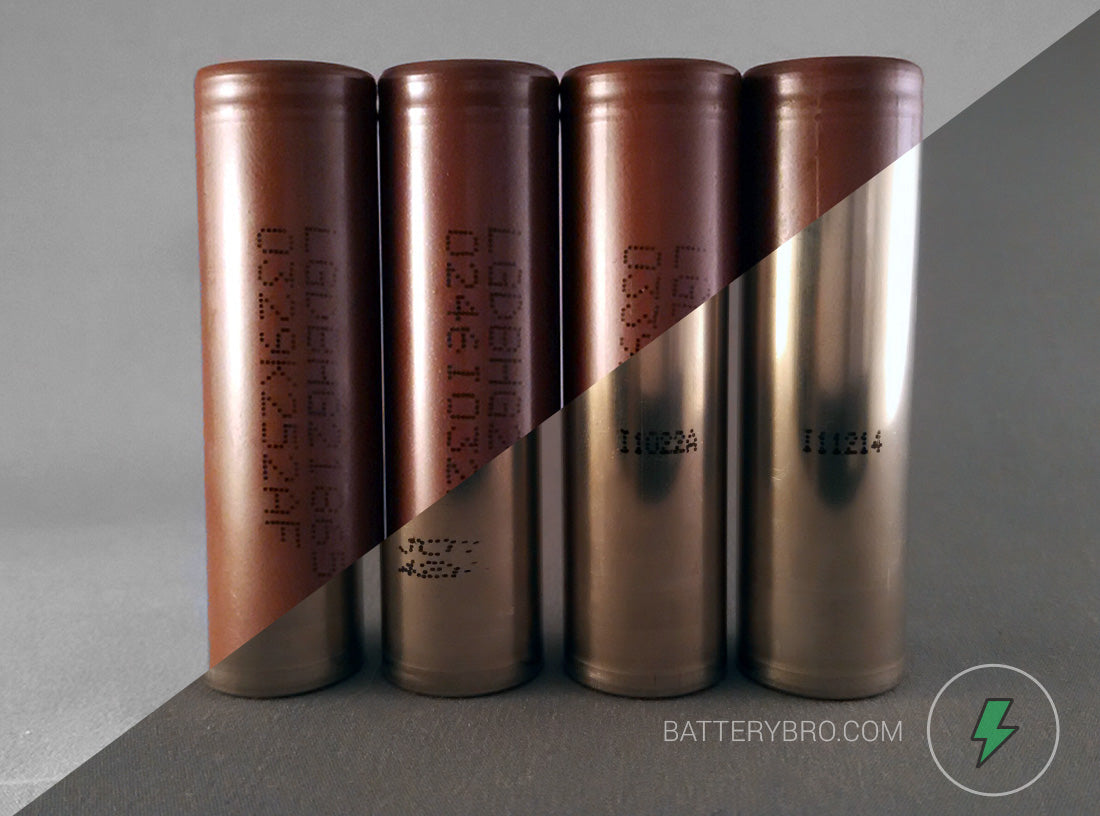
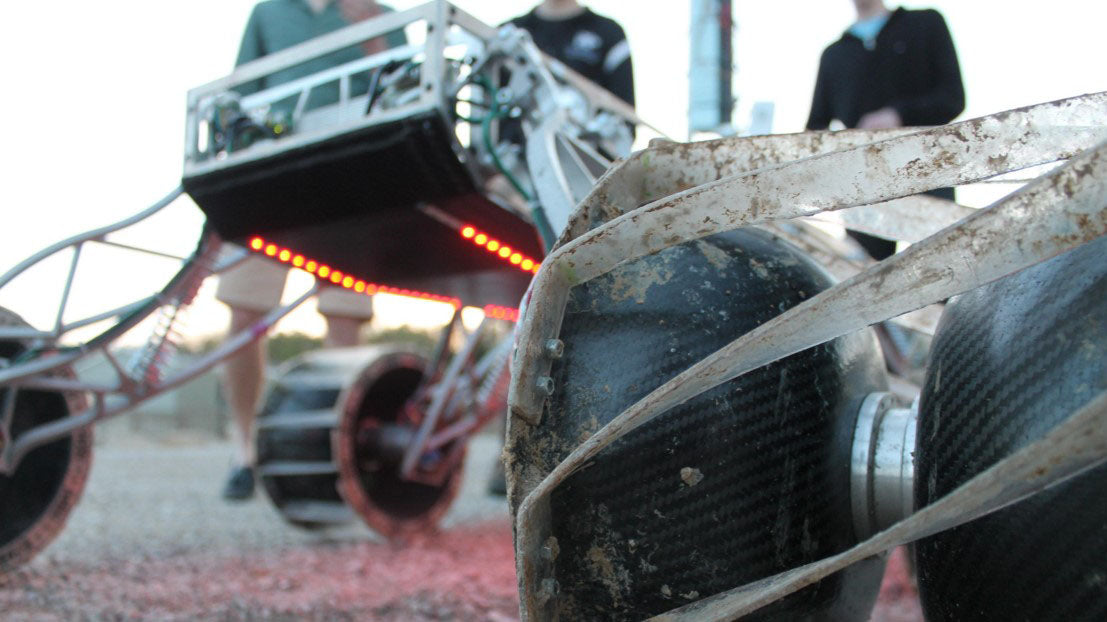


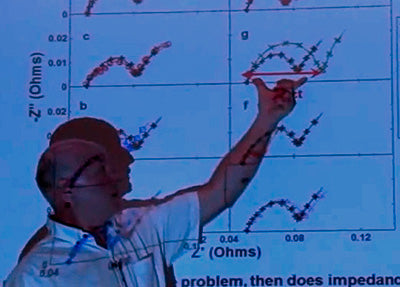
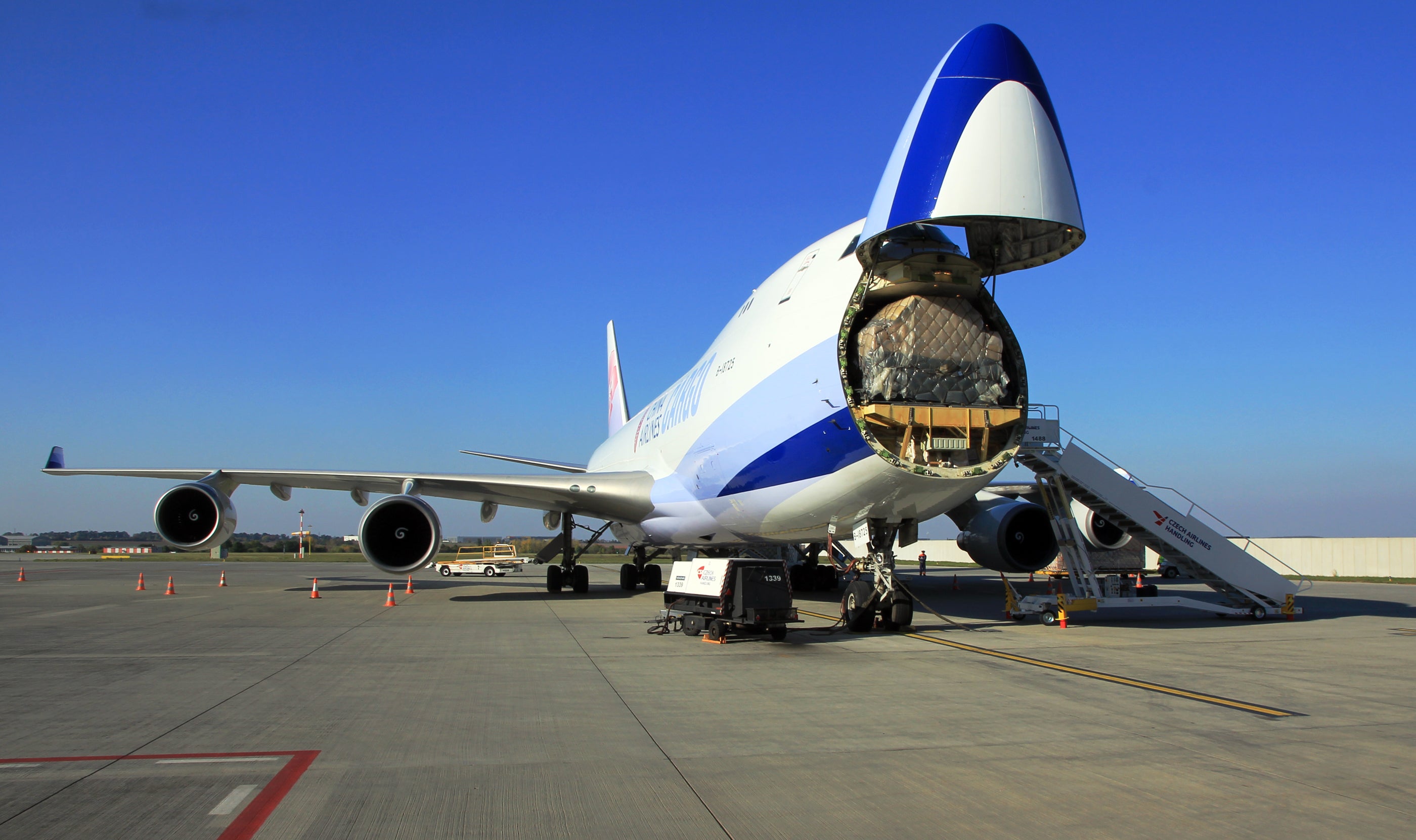
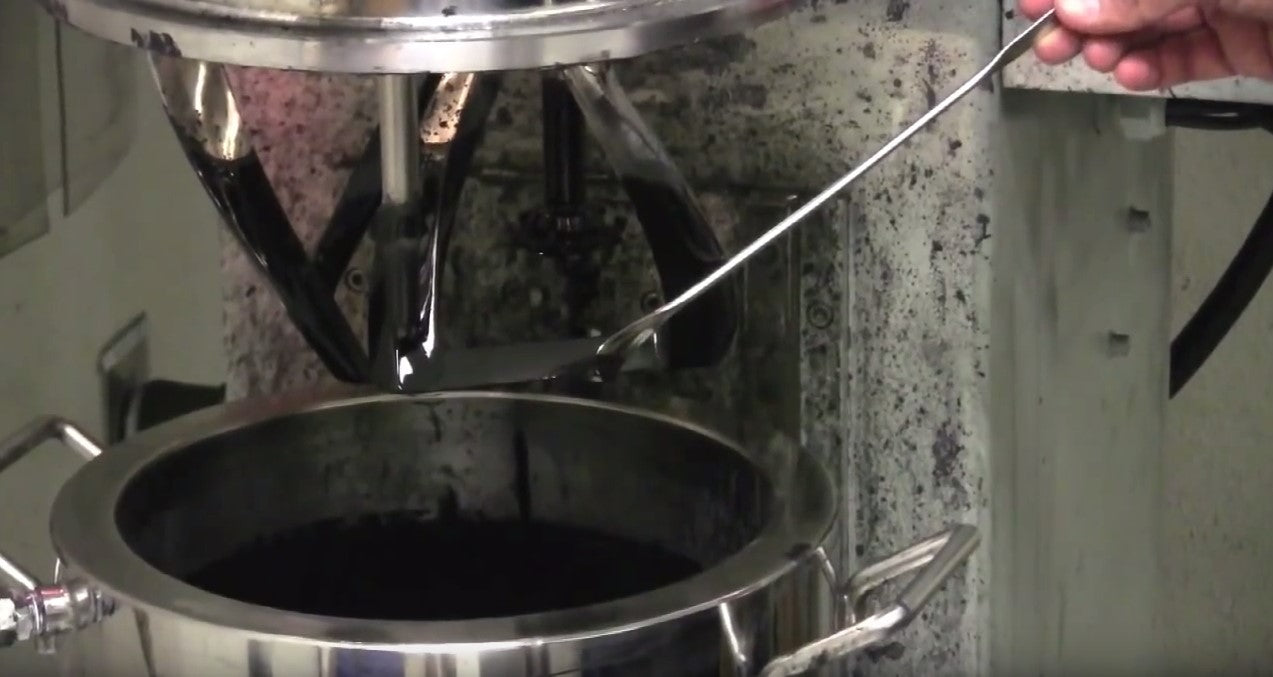
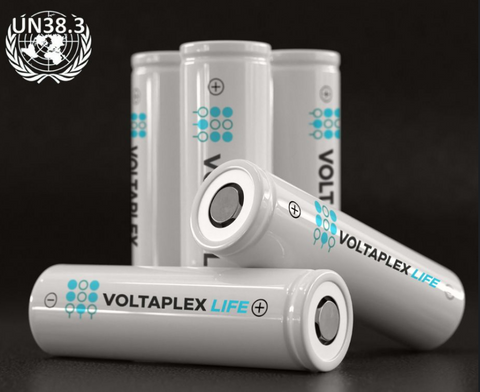
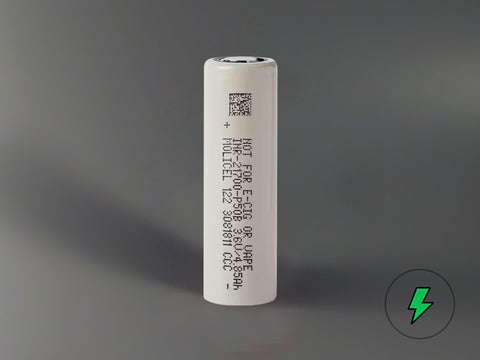
Comments
The Vape Shop on January 02 2016 at 04:37AM
The rating on the 30Q is actually pretty conservative. They’re actually pretty close across the board to the LG HG2 3000mah 20A device. Also – depending on what the application is, the conservative ratings on the 30Q (and others) are pulse while the continuous is generally higher. On the LG HG2 the continuous is 35A.
Anton on August 04 2015 at 12:02PM
@Tony
“25R” – Model of battery made by Samsung.
“SDI” – Name of manufacturer (Samsung’s battery division is under the label Samsung SDI)
“VTC5” – Model of battery made by Sony.
“USI” – Not sure, can you provide a reference?
“NMC” – Lithium manganese nickel / LiNiMnCoO2 / INR / These are all ways of describing the same thing – the battery chemistry.
Check out this link http://batterybro.com/blogs/18650-wholesale-battery-reviews/18880255-battery-chemistry-finally-explained
@ light-wolff
Thank you very much for the reference. I am requesting the spec sheet for a closer look.
Tony on July 30 2015 at 03:20AM
But what do these mean?
“25R”
“SDI”
“VTC5”
“USI”
“NMC”
and so on…
light-wolff on July 04 2015 at 07:20AM
The INR18650-30Q ist rated for 15A continuous discharge, not 6A.
The ICR18650-30A, 3000mAh, 4.35V has 6A max cont. discharge. It is from 2007, superseded by the 30B in 2010.
Test of 30Q: http://www.taschenlampen-forum.de/lithium-technologie/42111-samsung-inr18650-30q-3000mah-15a-test.html#post560451
Ron/spinningmagnets on June 15 2015 at 03:14PM
awesome article, well done. I think you mean “30Q” [in two places]
“,,,The same pattern follows in Samsung SDI batteries. The Samsung 25R is rated at 20 amps, while the Samsung 30 A is only rated at 6 amps. The difference is, the 25R is 2500mAh while the 30A is 3000mAh…”